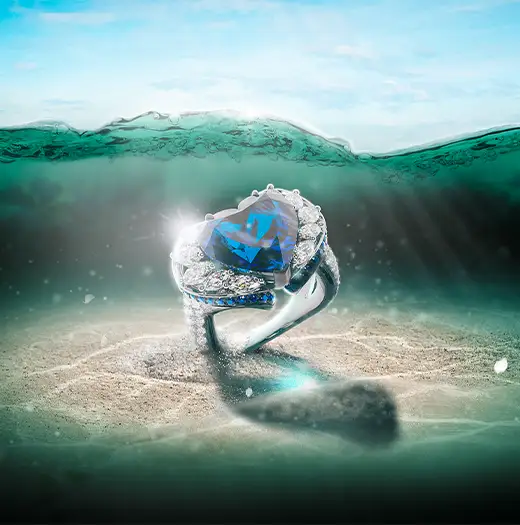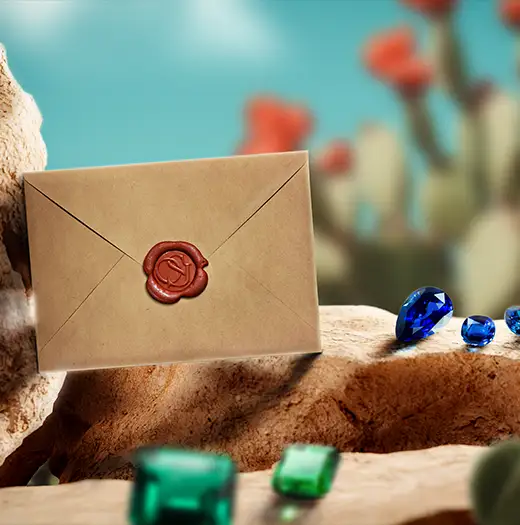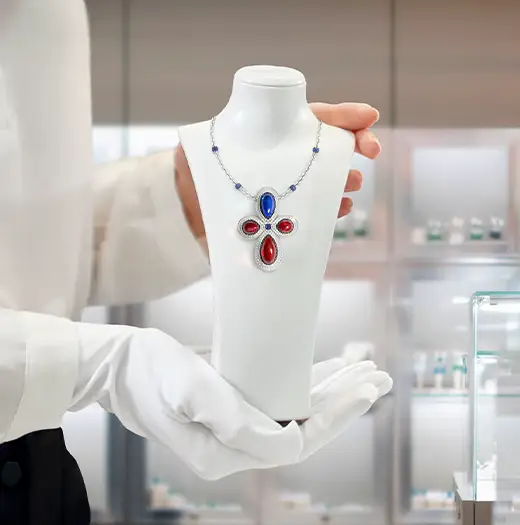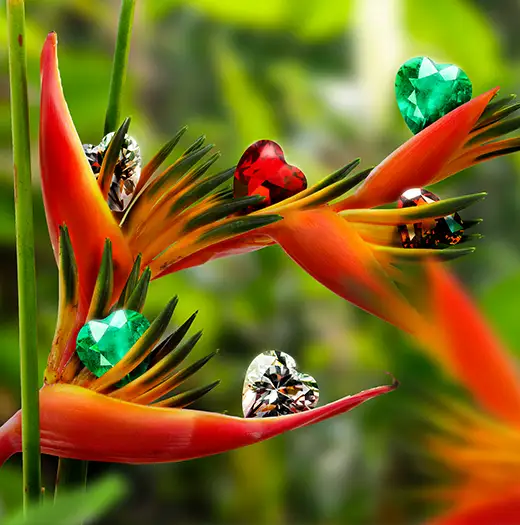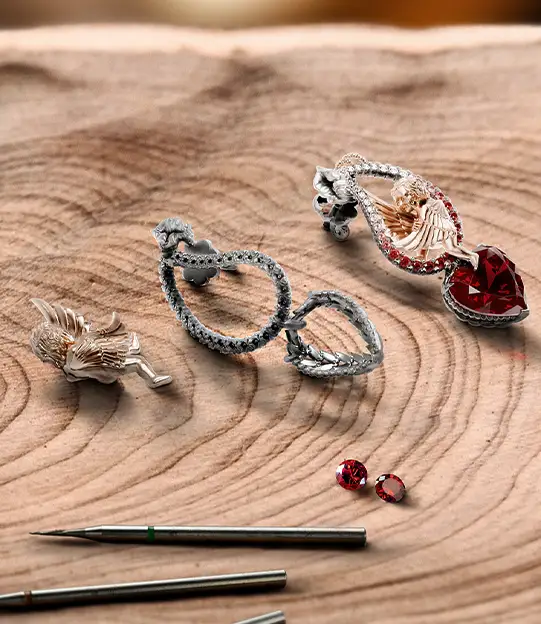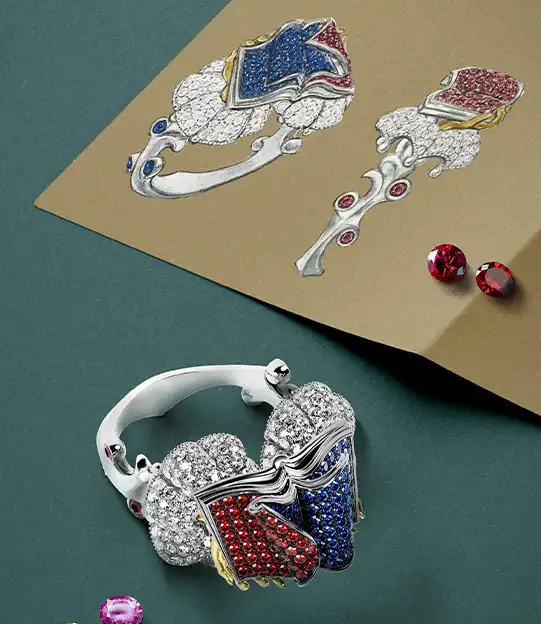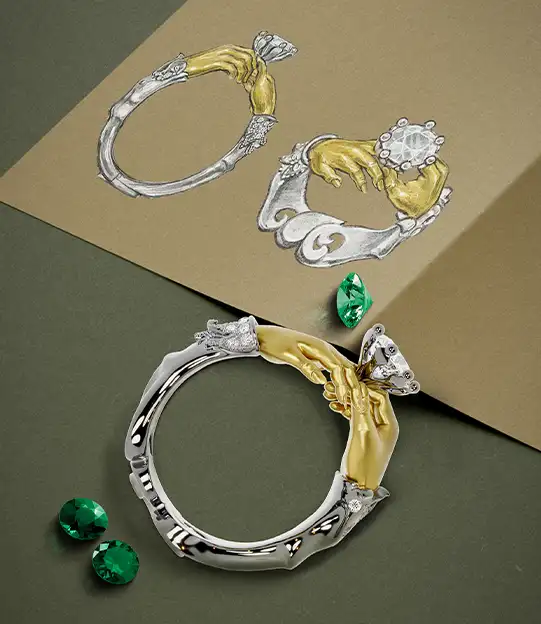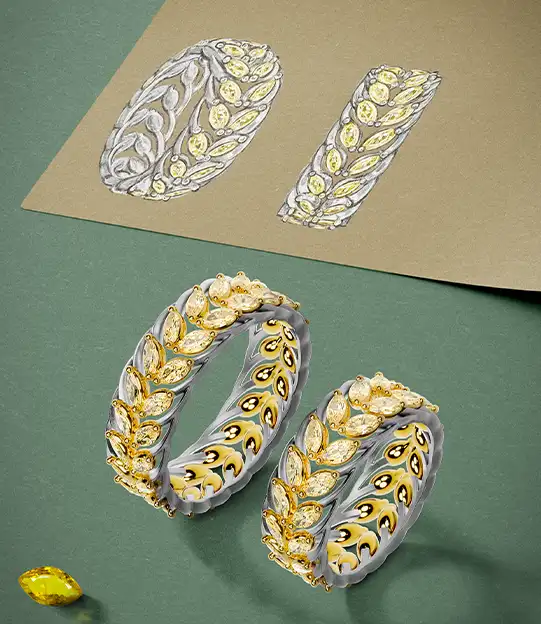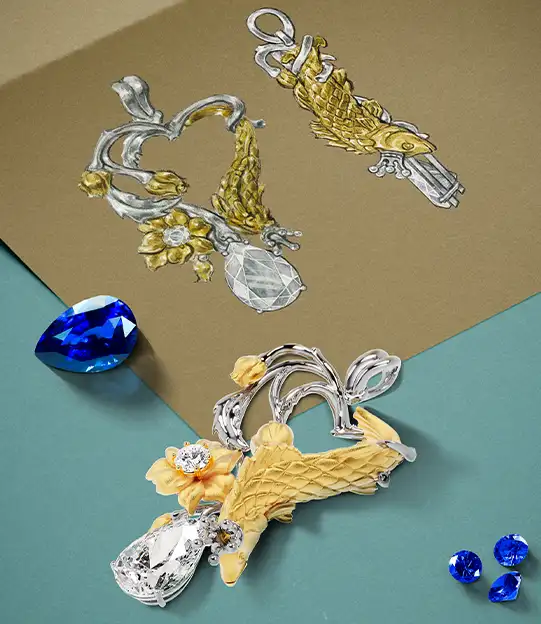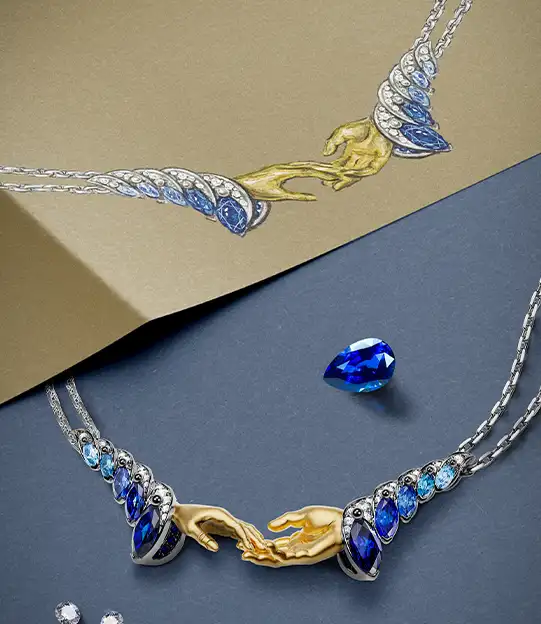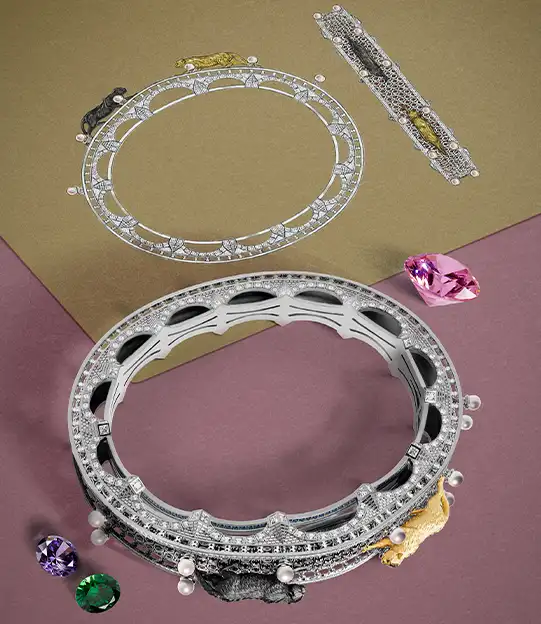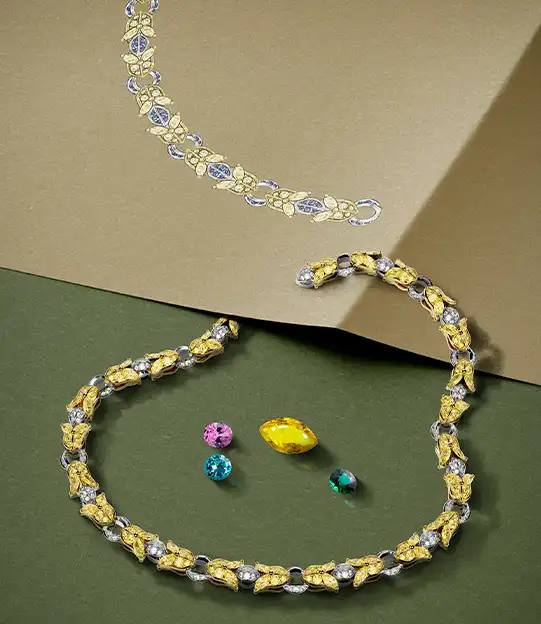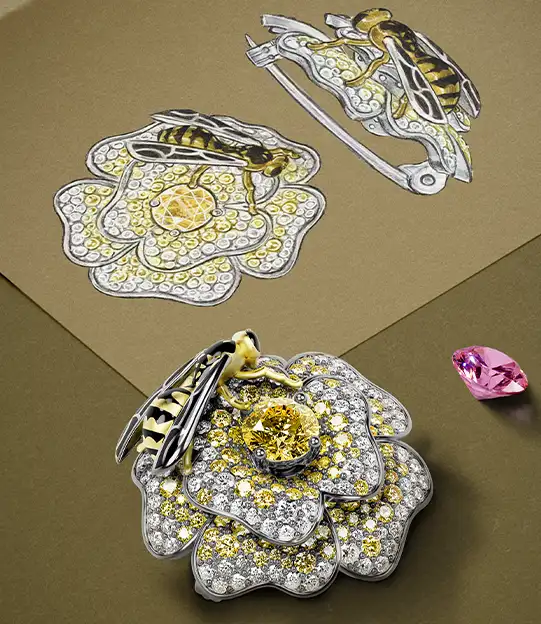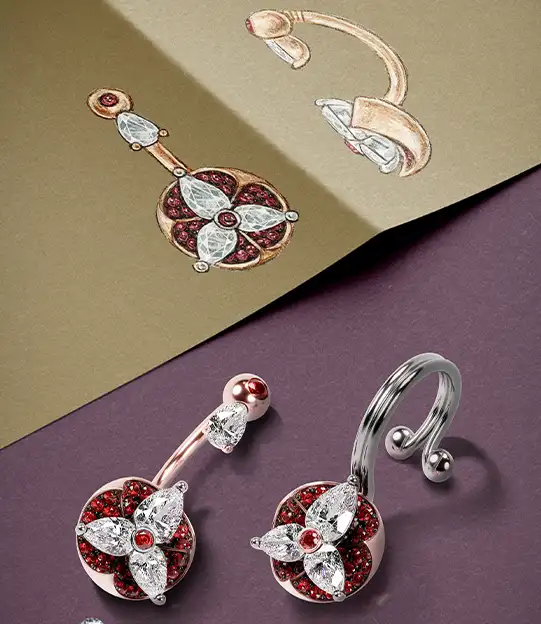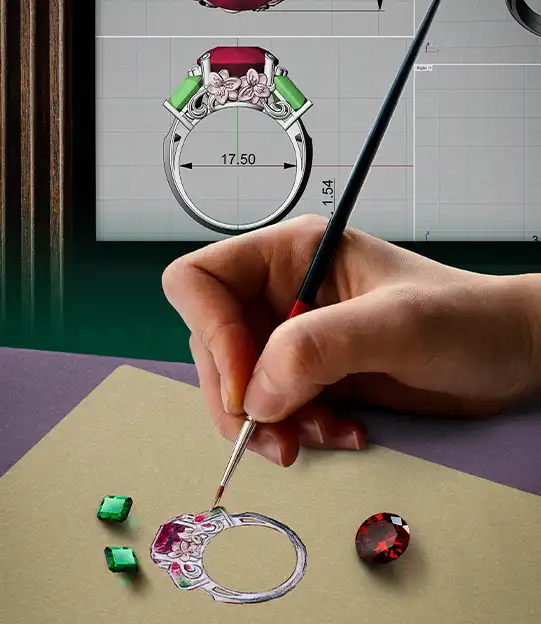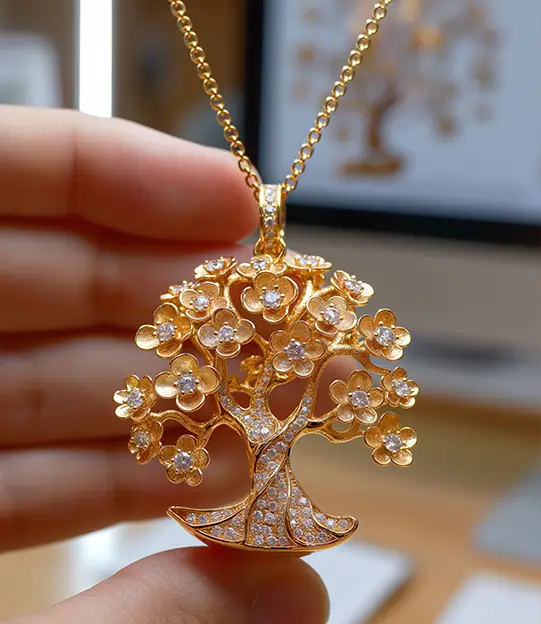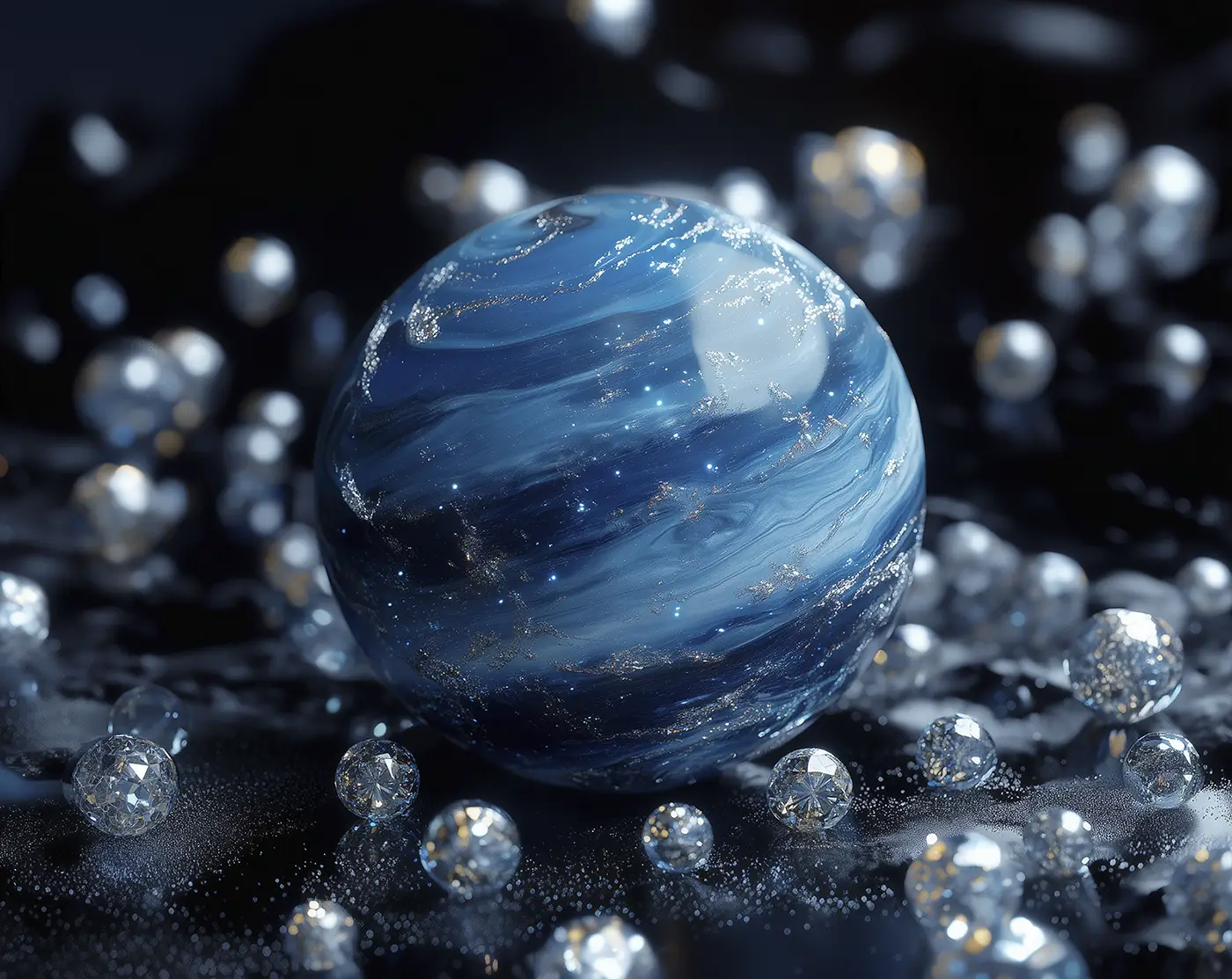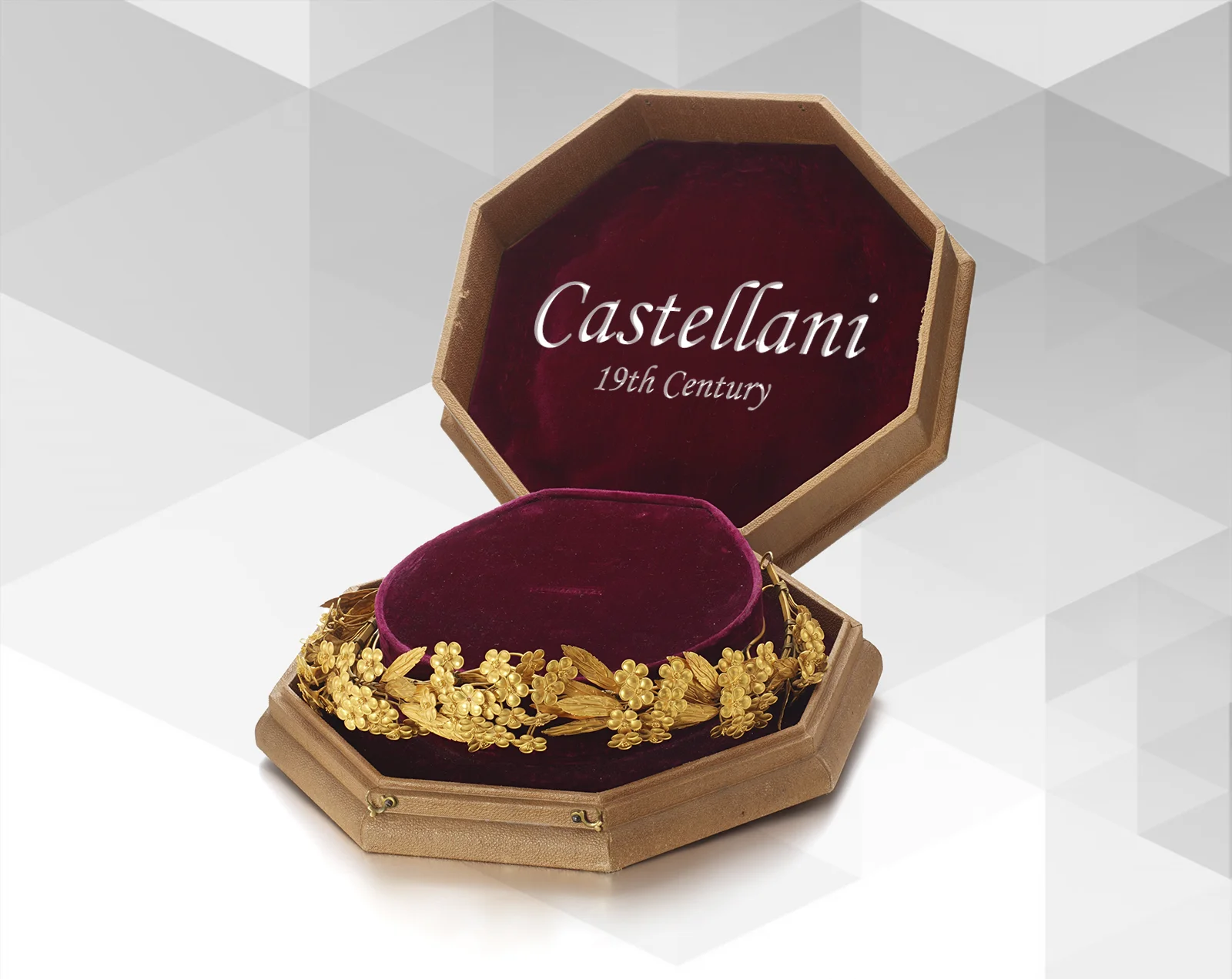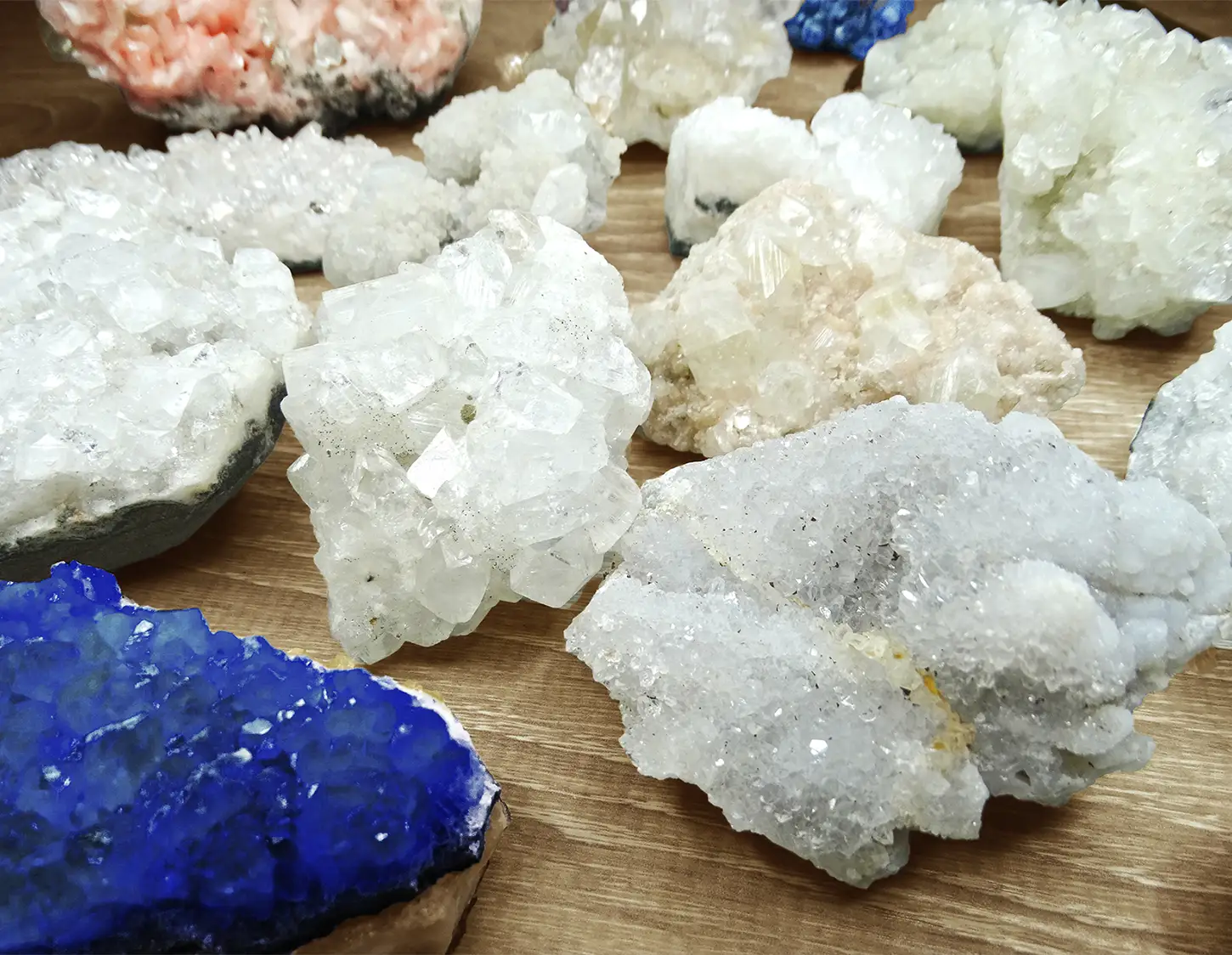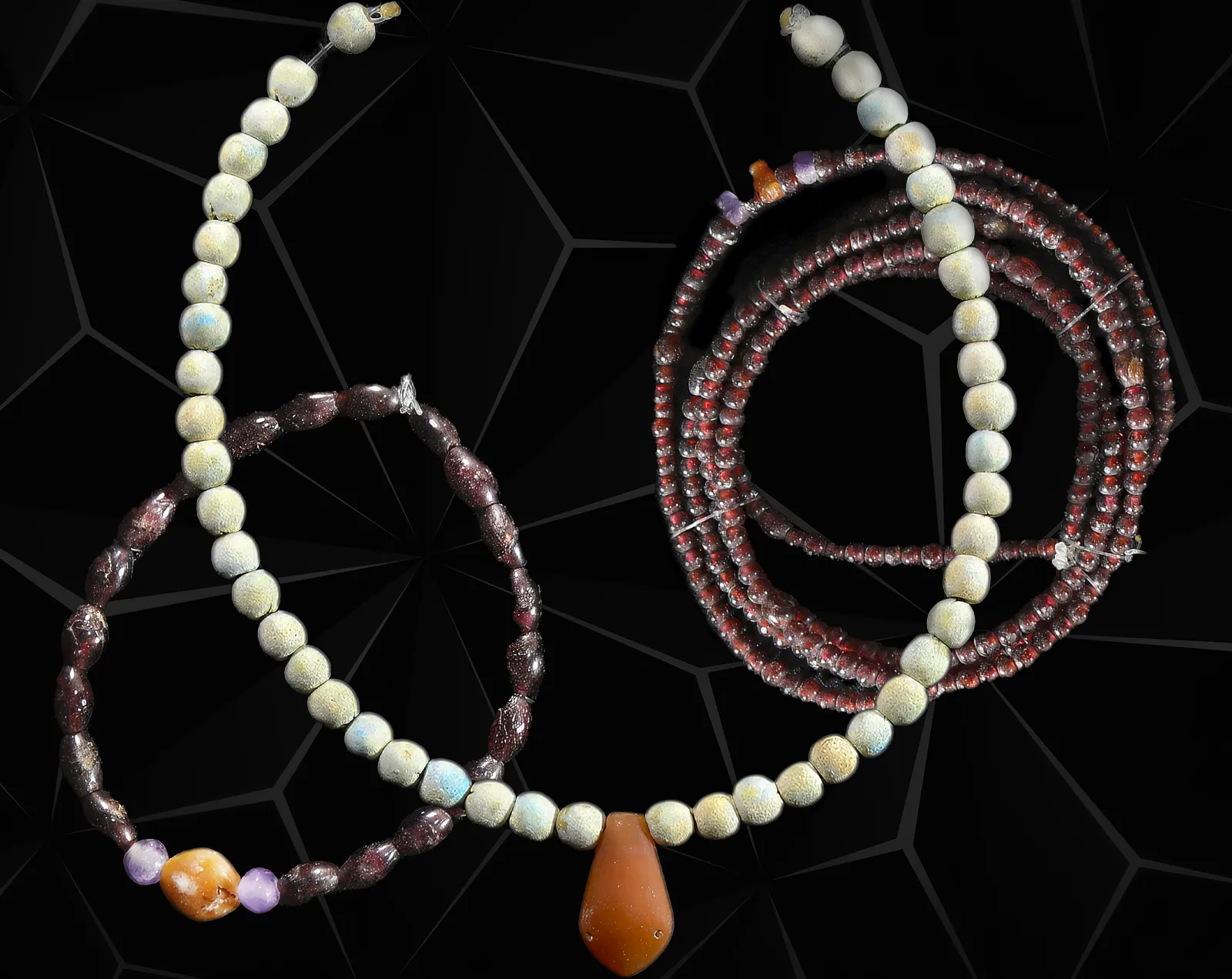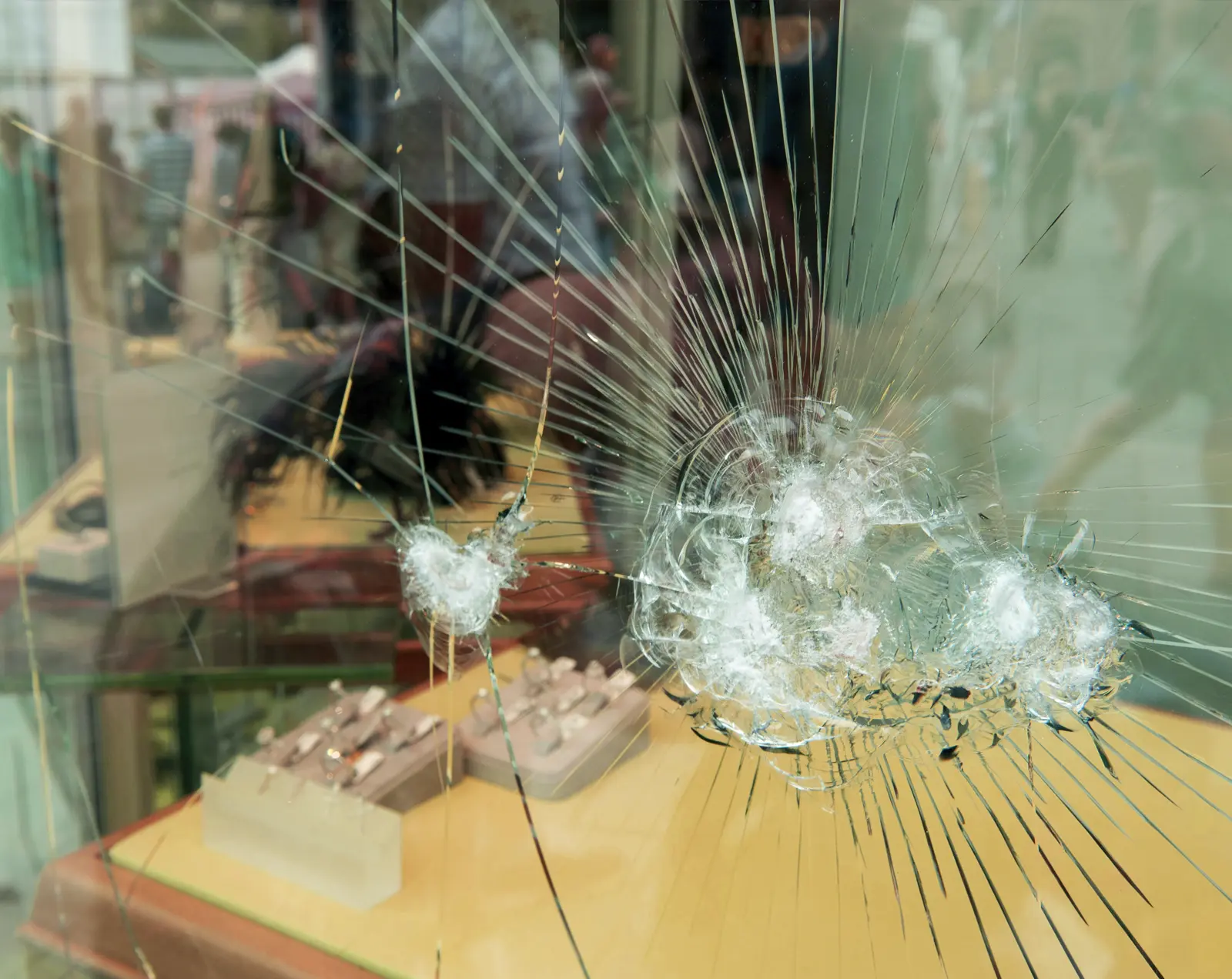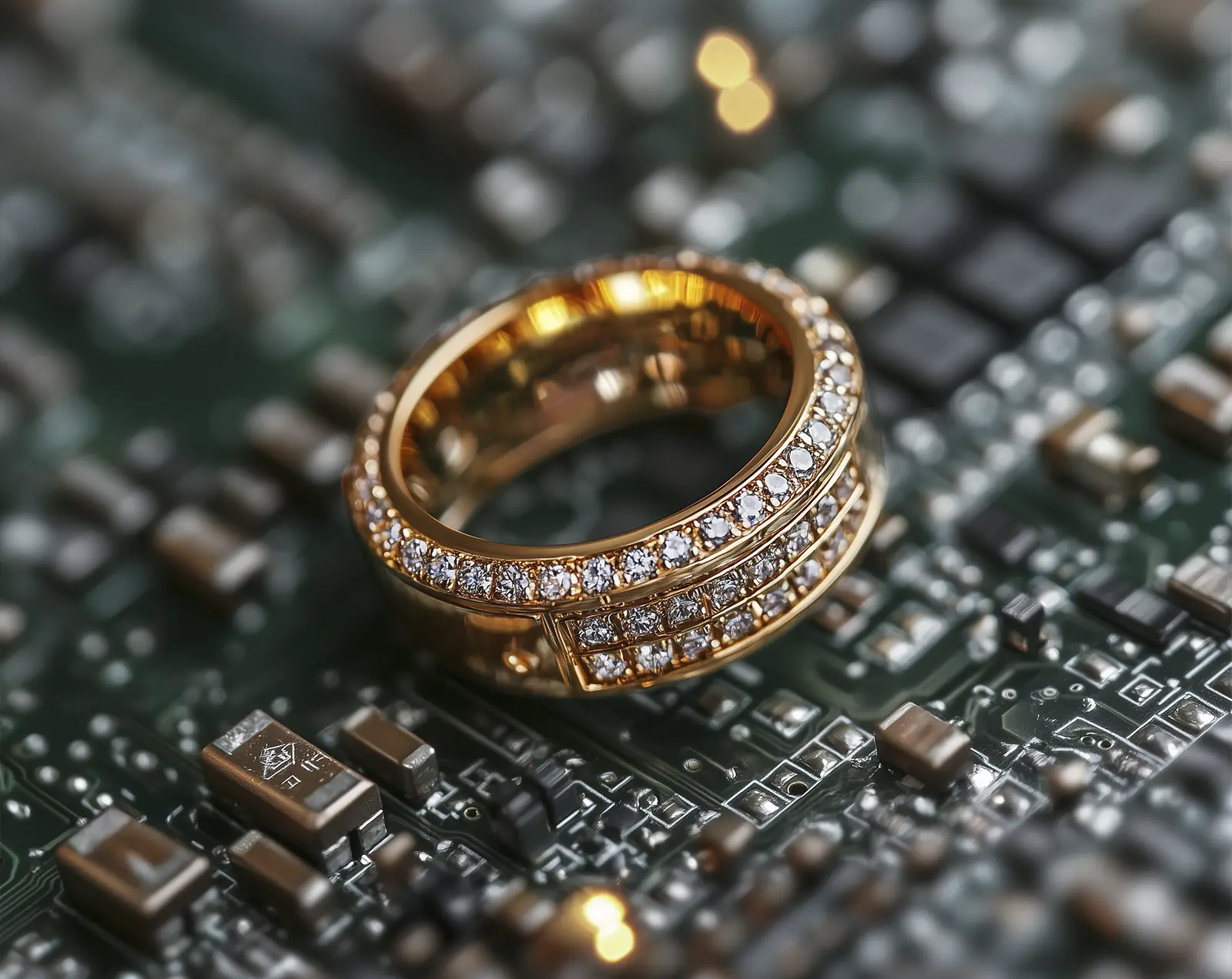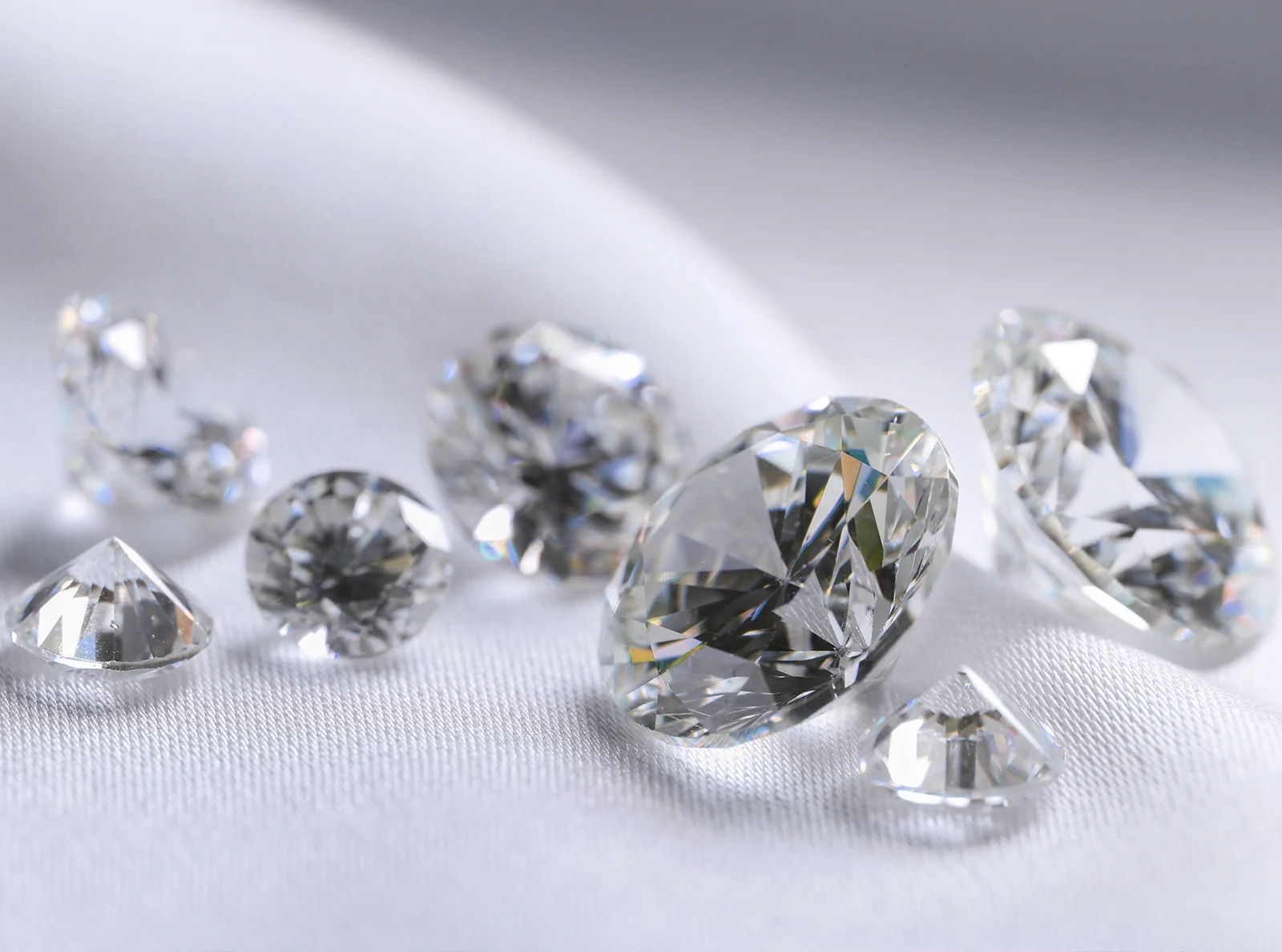When thinking about vast expanses of space, hardly ever people imagine diamonds, gold, or other valuable things. But space is actually full of them, and some of these substances can be found in astronomical quantities.
For example, did you know that the Milky Way galaxy has approximately 100 million Earths worth of aurum? And that the asteroid belt in our solar system alone contains about 20 million tons of gold? However, don’t get too excited about mining all that gold, because our technology isn’t there yet and even if it were, the cost of asteroid mining would be no less astronomical than the gold’s cost itself. The asteroid belt is simply too far and unreachable for us (between 111 and 204 million miles), not to mention the distant exoplanets of our Milky Way.

However, nothing can prevent us from dreaming about gold-rich space objects. One particular asteroid that comes to mind when we think about gold is 16 Psyche. It’s a unique potato-shaped metal-rich world whose distance ranges from 186 to 372 million miles from the Earth. Interestingly, one day on Psyche lasts only four hours, while a year extends for about five Earth years (the amount of time the asteroid takes to orbit the Sun). The gold content on Psyche presumably hits the mark of 10 parts per million. Compare that to 0.001–0.006 in our planet’s crust and you’ll see that the asteroid may have up to 10,000 times more gold content than the Earth!
But enough about gold. How about the most valuable mineral on Earth, diamond? Can these stones be found anywhere else in the Solar system except for our planet? Of course. The asteroid belt, Jupiter, Saturn, Uranus, and, most notably, Neptune are some of the most likely locations where one can see diamonds.

But what makes Neptune so abundant in this stone? It all comes down to chemical composition. This planet has lots of water, methane, and ammonia. These are stable substances, but at a pressure of more than 1 million atmospheres, methane is divided into carbon and pure water. What happens to carbon at high pressures and temperatures? You’ve guessed it – the local atmosphere creates ideal conditions for the formation of diamonds!

Diamonds are formed directly in the atmosphere, and then, under the influence of gravity and other physical forces, settle on the surface of the planet, creating a unique phenomenon called “diamond rain.” Now imagine: millions of tons of diamonds slowly settling in the dense, thick darkness of the huge planet!
If this fascinating sight isn’t enough for you, we can set out to other star systems to discover planets that not only contain diamonds but may be largely made from them! Meet exoplanets 55 Cancri e and PSR J1719-1438b – the Universe’s diamond record-breakers!
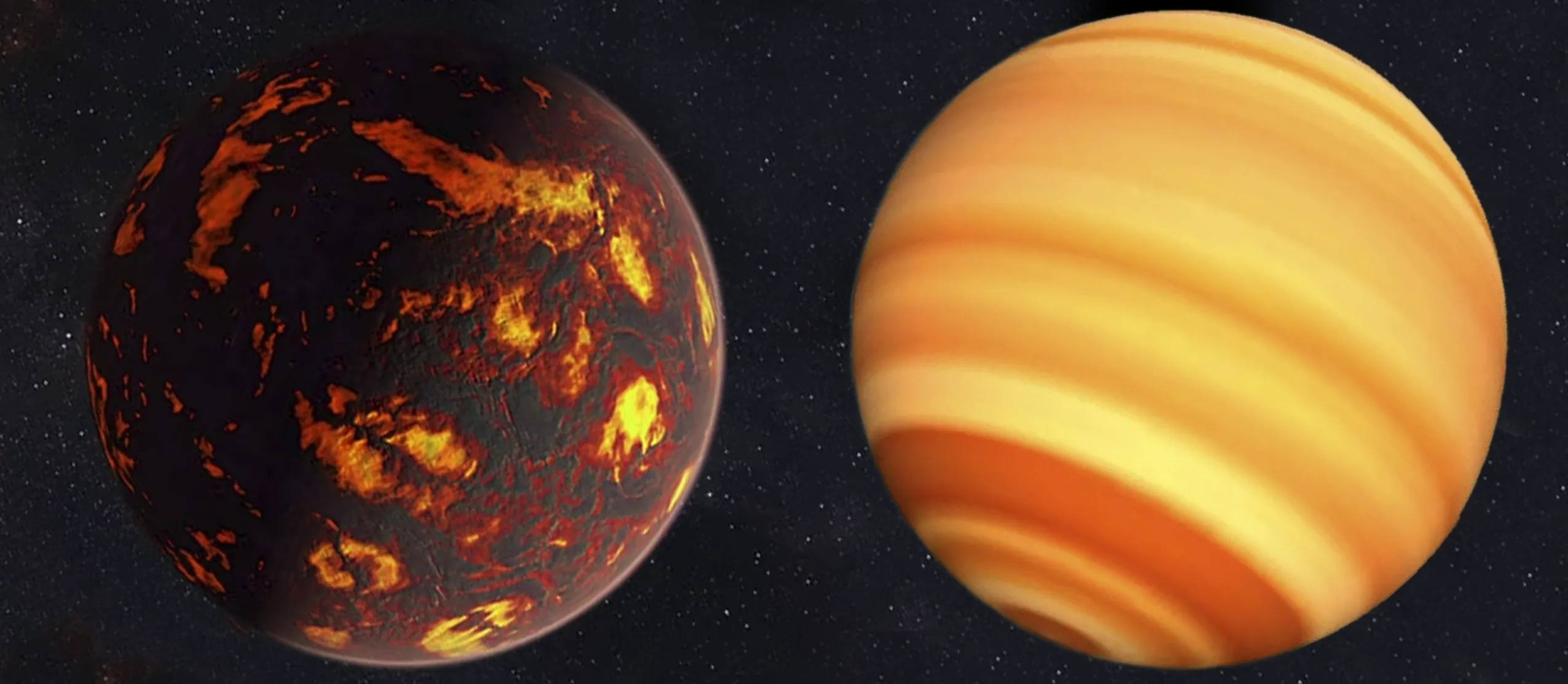
Moving 41 light years away from our planet, we can see the exoplanet 55 Cancri e, which orbits a G-type star. Its molten surface is completely uninhabitable. Above the burning horizon of the planet, one can see the exoplanet’s parent star, 55 Cancri A.
2011 measurements showed that the planet is extremely close to its star and has an orbital period of just under 18 hours. The researchers estimate that the surface temperature of 55 Cancri e can reach 4900 degrees Fahrenheit.
In 2012, a model of the planet’s subsurface showed that 55 Cancri e is composed of carbon that mainly comes in the forms of diamonds and graphite, as well as iron, silicon, and possibly silicates. However, a year later it was found that the exoplanet has more oxygen than carbon. Theoretically, 55 Cancri e can still be considered a diamond planet since it has quite a lot of carbon left, which eventually turns into diamonds under extreme conditions. According to some optimistic estimates, the planet has so many precious stones that it’s worth approximately 26.9 nonillion dollars (for those who don’t know, it’s a number equal to 1 followed by 30 zeros)! Now, isn’t this fascinating?
Now, let’s move even farther to see another planet made entirely from diamonds! The PSR J1719-1438 system is probably one of the most fantastic objects in outer space that you’ve ever heard of. It consists of a neutron star and at least one exoplanet with very surprising qualities. The star is 4,000 light years away from Earth and is 1.4 times heavier than the Sun. And it has a diameter of only 12,5 miles, which means that this star is the size of Manhattan. Its big mass coupled with a small size ensures extremely tight density. Just imagine: neutron stars are so dense that one spoonful of this star matter would weigh about a billion tons here on Earth!
The only planet known in this system is PSR J1719-1438b. It’s as heavy as Jupiter but its diameter is 2.3 times smaller, about 37,000 miles. This means that the planet is more than 3,000 times bigger than its star. Scientists consider 1438b to be a stellar remnant. Its outer layers have been forced out by a massive pulsar, which has left its carbon trace. The bottom line is that this combination of properties makes 1438b essentially one giant diamond! Because this planet is considerably smaller than our previous object, 55 Cancri e, it’s worth about 2 nonillion dollars, which is still more than impressive!

Besides diamonds, we have reasons to believe that certain gemstones occur on other space objects too. In particular, scientists have found meteorites containing peridot and moissanite. Soil samples from Mars have some olivine particles (essentially, this is the same mineral as peridot, but of lower grade). In addition, many planets present perfect conditions for the formation of aluminum oxides such as sapphire and ruby. However, these theories haven’t yet been proven and we can only speculate about the chemical composition of super-Earth planets rich in aluminum and oxygen. Finally, space objects can contain gemstones that we may know nothing about! And this is the most exciting part for us. Can you imagine what other precious things distant worlds may hide? Stay tuned for other space-related jewelry news by Olertis!

